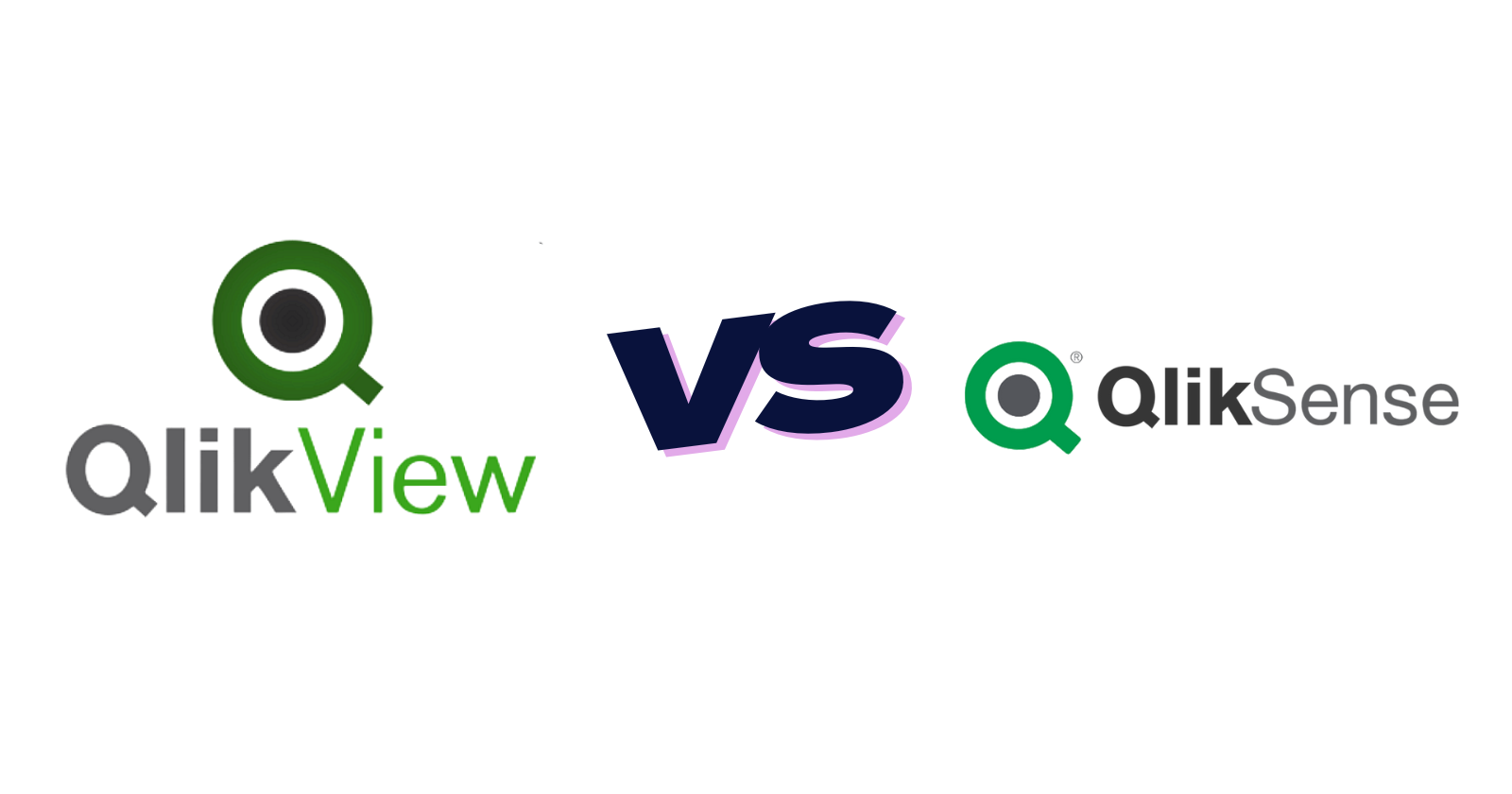QlikView vs Qlik Sense: Comparing Two Popular BI Tools
 Priya Sharma
Priya Sharma
In a modern data-driven context, organizations are always looking for innovative ways to analyze & understand their data. Across the many business intelligence (BI) products available like QlikView and Qlik Sense stand out as market leaders. Both systems attempt to assist consumers acquire insights from their data, but they have distinct features, interfaces & capabilities. Understanding the differences between QlikView & Qlik Sense can help businesses make informed decisions that meet their data analysis needs.
The Rise of BI Tools A Brief Context
Before delving into the specifics of QlikView & Qlik Sense it is necessary to acknowledge the importance of BI tools in today's business landscape. In a world overflowing with data organizations face the challenge of converting raw data into actionable insights. This transformation is where BI tools shine. Think of BI tools as a compass in a dense forest of data they help navigate & make sense of the information available guiding businesses toward informed decision making.
QlikView The Established Veteran
Launched in 1993 QlikView has long been a staple in the BI world. It operates on a more traditional model of BI focusing on data analysis & reporting. QlikView allows users to create guided analytics and dashboards making it an excellent choice for organizations that require structured reporting & visualizations.
Features of QlikView
Associative Data Model QlikView utilizes an associative model allowing users to explore data freely & uncover hidden relationships. Imagine a web of interconnected ideas users can follow any thread to reveal insights.
Predefined Dashboards The tool provides pre built dashboards making it easier for users to get started quickly. These templates serve as a solid foundation for analysis especially for those new to data visualization.
- Complex Calculations QlikView supports complex calculations & advanced analytics catering to users with in depth analytical requirements. Its like having a Swiss Army knife for data equipped to handle various challenges.
Limitations of QlikView
Although! QlikView is not without its limitations. The tool can feel somewhat rigid due to its dependence on predefined dashboards. This can be a drawback for users who crave flexibility & interactivity. Additionally the learning curve can be steep for those who are not familiar with the intricacies of data modeling.
Qlik Sense The Modern Challenger
Enter Qlik Sense introduced in 2014 as a more modern counterpart to QlikView. This tool represents a shift toward self service analytics empowering users to create their own visualizations & explore data independently.
Features of Qlik Sense
User Friendly Interface Qlik Sense boasts a drag and drop interface making it intuitive & accessible for users at all levels. It is akin to using a digital canvas users can paint their data stories without extensive training.
Self Service Analytics The self service nature of Qlik Sense allows users to create their own dashboards & reports. This feature fosters a culture of data exploration enabling individuals to ask questions & derive insights on their terms.
Smart Visualization Qlik Sense uses smart visualization techniques that adapt to the data being analyzed. This dynamic capability ensures that the most relevant visualizations are presented enhancing the user experience.
Mobile Compatibility With a design optimized for mobile devices Qlik Sense enables users to access their data anytime anywhere. This flexibility supports the increasingly mobile workforce ensuring that decision makers can stay connected to their data.
Limitations of Qlik Sense
While Qlik Sense offers impressive features it may not fully satisfy organizations that prefer a structured approach to data analysis. The flexibility of self service can lead to inconsistencies in reporting as users may create varying interpretations of the same data. Additionally for those accustomed to QlikView robust analytical capabilities the transition to Qlik Sense may require some adjustments.
Real World Applications A Story of Two Companies
To illustrate the differences between QlikView & Qlik Sense lets consider two fictional companies TechCorp & DataWise.
TechCorp a large manufacturing company relies heavily on structured reporting for compliance & performance tracking. With its established processes & experienced analysts TechCorp finds QlikView to be a suitable match. The associative data model allows their analysts to uncover insights while maintaining a clear guided approach to reporting.
According to data a startup focused on innovation & agility, thrives on real time insights to drive decisions. This dynamic organization gravitates toward Qlik Sense due to its self-service capabilities. Employees across various departments can explore data, create their own dashboards & contribute insights that fuel the company growth.
Making the Right Choice QlikView vs Qlik Sense
Choosing between QlikView & Qlik Sense ultimately depends on the specific needs & culture of an organization. Here are a few considerations:
Analytical Rigor Organizations requiring deep analytical capabilities with structured reporting may lean toward QlikView.
User Independence Companies fostering a culture of exploration & innovation might find Qlik Sense more aligned with their goals.
Flexibility vs Structure Businesses must evaluate their preference for flexibility versus a structured approach in data analysis.
Conclusion Navigating the BI Landscape
QlikView & Qlik Sense have different strengths & disadvantages. Understanding the distinctions between these tools allows businesses to make informed decisions that are suited for their data analysis needs. The journey through the BI landscape can be overwhelming but with the appropriate technology, businesses can turn their data into a valuable asset that drives growth & development.
Finally! Whether a company employs QlikView and QlikView Developer Certification structured approach or Qlik Senses flexible self service features, the ultimate goal is the same: use data to make better decisions. As the data landscape evolves, business intelligence tools will remain critical to assisting enterprises in managing their data journeys.
Subscribe to my newsletter
Read articles from Priya Sharma directly inside your inbox. Subscribe to the newsletter, and don't miss out.
Written by

Priya Sharma
Priya Sharma
I am a developer and writer. I am dedicated to providing engaging and informative content to help individuals and organizations stay ahead in the ever-evolving tech landscape. With a strong background in software development and a passion for teaching, I have the skills and experience to break down complex technical concepts and make them accessible to a wide audience. I strive to make sure that my readers leave my blog or course with a deeper understanding of the topics I cover. and I am always looking for new ways to share my knowledge and help others succeed in their tech-related endeavors.